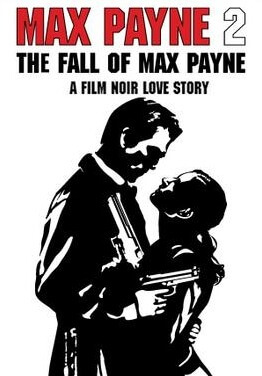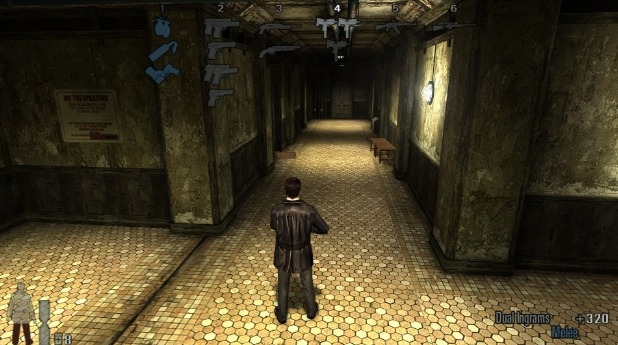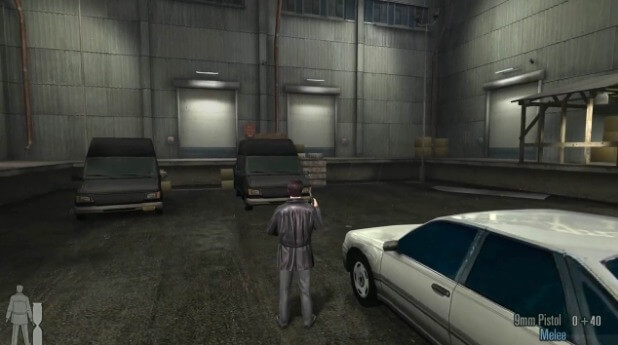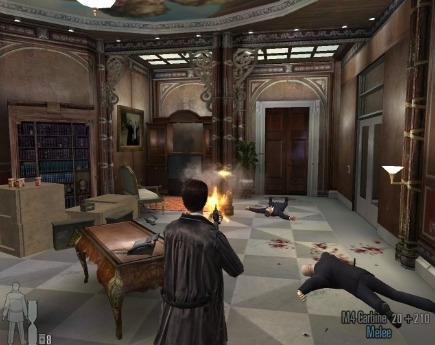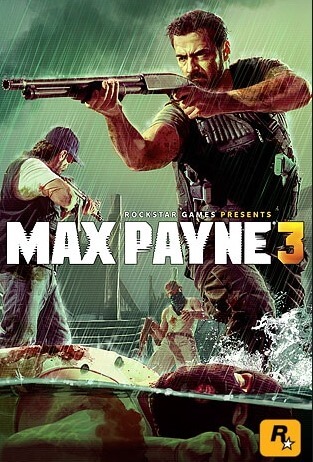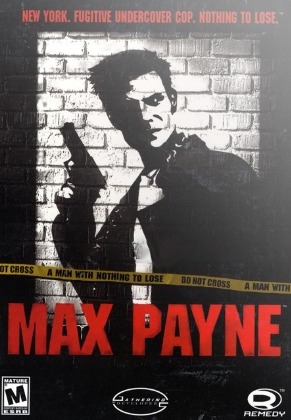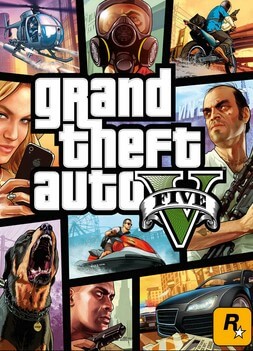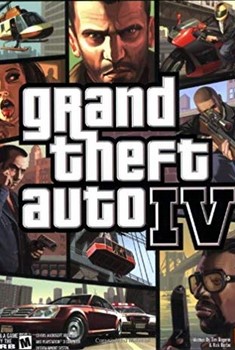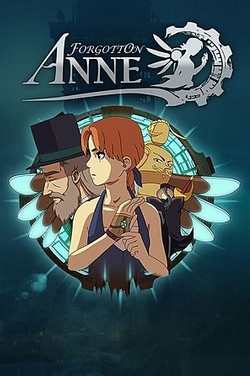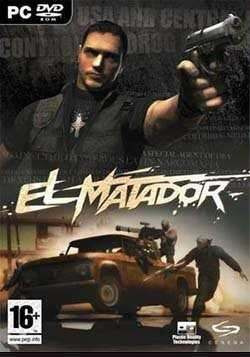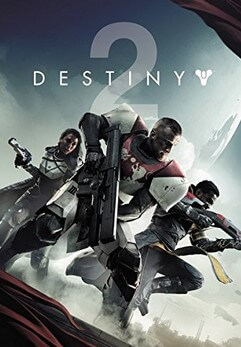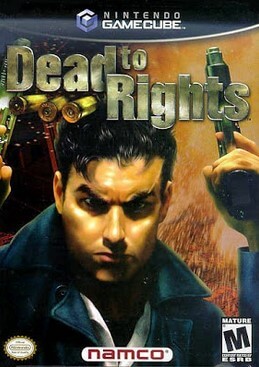Max Payne 2 allows the player to enable bullet time, a mode that slows time, while still allowing the player to aim in real-time, to give the player more time to determine what they want to do. In this mode, the screen's color changes to a sepia tone to act as a visual cue. When in use, the bullet time meter will decrease until it is either empty or the player disables bullet time mode. The meter will eventually increase when not in use, but can be replenished quickly by killing enemies. To simulate the bullet time effect, Max can also execute a shoot-dodge maneuver. When the maneuver is performed, Max jumps in a direction specified by the player, and although bullet time is activated while Max is in mid-air, this will not deplete the bullet time meter. The combat system has been improved for Max Payne 2; the player can arm Max with a secondary weapon such as a grenade or Molotov cocktail, and when near an enemy, Max can pistol whip them. AI companions can occasionally come to Max's aid, although their deaths do not affect the gameplay or story.
Plot
Two years after the events of the first game, Max has been reinstated in his old job as a police detective for the NYPD. Max is called on to investigate a gunfight at a warehouse owned by Max's old associate Vladimir Lem and discovers the place has been attacked by a group of hitmen called the Cleaners. He encounters Mona Sax, who was presumed dead at the end of the previous game. Max heads to a restaurant owned by Lem and rescues him from his old foe Vinnie Gognitti; Lem claims that Gognitti is trying to monopolize the black market gun trade and sees Lem as a threat. After evading an attack by the Cleaners in his apartment, Max tracks Mona to an abandoned funhouse and learns that the Cleaners are after anyone who knows about the secretive Inner Circle. While attempting to track down a contact, Mona is arrested because of her crimes and is taken in to the police station, despite Max's protests.
While at the station, Max overhears his new partner, Valerie Winterson, talking on the phone about Mona. The station is attacked by the Cleaners, who are looking for Mona. Mona breaks out of her cell, and after fighting off the Cleaners, Max and Mona begin hunting down the people responsible for the attack. Their search leads them to a construction site, where he and Mona defend themselves against the Cleaners. After their foes leave, Winterson arrives and holds Mona at gunpoint. Mona claims that Winterson is there to kill her, while Winterson claims that she is simply trying to arrest a fleeing fugitive. After several moments of consideration, Max fatally shoots Winterson, allowing Mona to escape. Before she dies, Winterson shoots Max, hospitalizing him.
The Cleaners raid the hospital building looking for Max, but Max manages to fight his way out. He visits Senator Alfred Woden, the leader of the Inner Circle, who reveals that the Cleaners work for Lem; Lem wants to secure control of the criminal underground and the Inner Circle by killing Gognitti and Woden. Max raids Lem's restaurant, killing several of his henchmen, and discovers that Winterson was Lem's mistress. He races to Gognitti's hideout to save him from Lem, and the two flee to Mona's funhouse hoping that she can help them, but Lem ambushes them. He reveals that Mona is a hired gun for Woden, with orders to kill Lem and Max. Lem murders Gognitti, shoots Max and leaves him for dead. Mona rescues Max, and together, they go to Woden's mansion to save him from Lem.
At the mansion, Mona knocks Max to the ground in an attempt to follow her orders to kill him, but discovers that her feelings for him keep her from doing so. Lem shoots Mona, after realizing that she will not kill Max. Woden confronts Lem, who shoots him to death in the ensuing struggle. Max and Lem fight while the mansion burns around them. Eventually, Lem is killed and Max returns to Mona's side as the police arrive, and she dies in his arms. In an alternate ending unlocked on the highest difficulty, Mona survives her wound, and the two share a kiss.
Reception
Max Payne 2 was critically acclaimed. Praise focused on its action and story, while criticism targeted its length, which was considered short.
Steve Polak of the Australian The Daily Telegraph, who enjoyed the first Max Payne game, also praised Max Payne 2, calling it an "outstanding" game that "keeps alive the sense of atmosphere and engaging gunplay-oriented action that was so exciting in the first release." He lauded the game for better production values compared to the first game, including its more polished story, more professional scripts, and better acting and graphics. The complexity of Max's character was a welcomed element by Polak, who found that games often created heroes that were simplistic. The Sydney Morning Herald's Dan Toose described the game's experience as "brutal, yet beautiful gun-blazing gaming".
Jon Minifie of The New Zealand Herald appreciated the game's story, calling it an "entertainingly dark third-person shooter with a well-crafted, noir storyline". In particular, Minifie praised Remedy for what he deemed a successful port of the game to consoles, especially for the Xbox, noticing that the version features visuals that look similar to those on the PC. However, he found that the PlayStation 2 port was only "an okay job" that resulted in quality that was "considerably less easy on the eye", and asserted that it is outperformed by more powerful platforms. The Sunday Times's Steven Poole observed that Max Payne 2 does "exactly the same things as the first game, only better." He found that enemies react convincingly to damage taken from bullets, thanks to the physics engine. Ultimately, however, Poole described the game as "entertaining but not earth-shattering".
The Toronto Sun's Steve Tilley, who believed that Remedy did a "killer job" on Max Payne 2, felt that the company kept what was great about the previous game, "while everything else has been tweaked, overhauled and juiced up". He was a fan of the Bullet Time from the first game, and therefore appreciated seeing it return in the sequel, with "even more impressive" visuals. Tilley found that the game's "lifelike physics engine" was easily its best aspect, and noted that while playing the game, he threw a grenade across a room, which resulted in an explosion that sent enemies flying through the air in a realistic fashion. In addition, Tilley applauded Remedy for listening to fan complaints and resolving issues from the previous game, including improved dream sequences in Max Payne 2. He was, however, disappointed with the general linearity of the game, and noted that players who are not interested in film noir themes will not enjoy them in Max Payne 2. Concluding, Tilley commented that the game "has enough polish, cinematic flair and outright mayhem to thrill those who like their Sopranos with a dash of John Woo and a touch of Frank Miller."
The game's action was praised by several reviewers. GameZone called it cinematic and action-packed, noting that the final scene was worthy of the big screen. Similarly, GameSpy described the action as "adrenaline-pumping", and considered it comparable to what was available in film. The story was both applauded and criticized. Tom McNamara of IGN enjoyed playing in the film noir setting and believed that it adds dramatic depth to Max and Mona's story, "somehow making what's going on more important and interesting. Wreaking havoc is nice, but it's great to also have a love interest complicating things, and Mona Sax is definitely up to the task." However, he was turned off by some of the "hammy" dialogue. In contrast, 1UP.com cited the final boss as an ending that inadequately completed an otherwise excellent game, and the Sunday Times' Poole called the story "pungently cheesy". Max Payne 2's length disappointed critics, including GameSpot and IGN, which complained about the short story. Toose of the Sydney Morning Herald was also critical of the short single-player experience, but found that the higher difficulty levels and special "survivor" modes helped improve the game's replay value.
